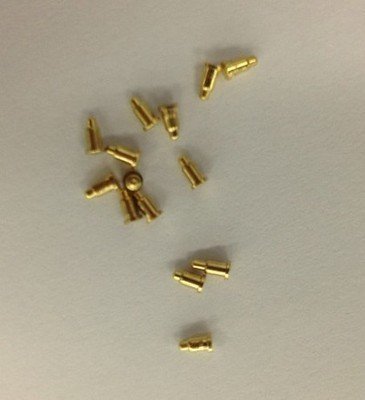Time:2025-03-28 Views:1 source:News

High - frequency POGOPIN connectors have emerged as a crucial component in modern electronic devices, especially those operating in high - speed communication and signal - transmission applications.
These connectors are designed to handle high - frequency signals with minimal signal loss and interference. The POGOPIN structure, which typically consists of a spring - loaded pin, barrel, and sleeve, plays a vital role in ensuring stable electrical contact. In high - frequency scenarios, the design of the POGOPIN connector must take into account factors such as impedance matching. The impedance of the connector should match that of the transmission line to which it is connected to prevent signal reflections. This is achieved through precise engineering of the pin dimensions, the material used (usually highly conductive metals like gold - plated copper alloys), and the overall geometry of the connector.
For example, in 5G base stations, high - frequency POGOPIN connectors are used to transmit data at extremely high speeds. The ability of these connectors to maintain a consistent electrical connection under high - frequency vibrations and mechanical stress is essential. They are also commonly found in high - end smartphones, where they enable fast data transfer between different components such as the motherboard and the antenna module. In the aerospace industry, high - frequency POGOPIN connectors are used in avionics systems. These connectors need to withstand harsh environmental conditions, including extreme temperatures and high levels of electromagnetic radiation, while still providing reliable high - frequency signal transmission.
Moreover, the miniaturization trend in electronics has also driven the development of high - frequency POGOPIN connectors. As devices become smaller and more compact, the connectors must be able to fit into limited spaces without sacrificing performance. Manufacturers are constantly working on improving the design of these connectors to achieve higher frequency capabilities, better signal integrity, and smaller form factors.
Read recommendations: